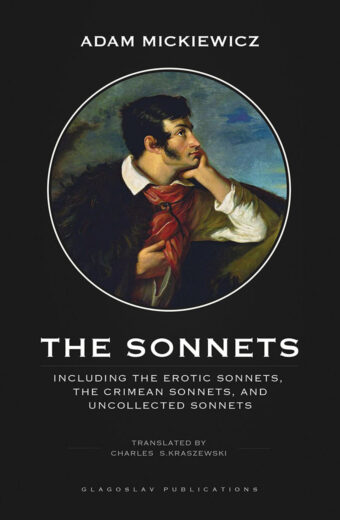
Ladha notes that "in its Sicilian beginnings, the sonnet evinces literary and epistemological contact with the qasida", and emphasizes that the sonnet did not emerge simultaneously with its supposedly defining 14-line structure. In contrast, Hassanally Ladha has argued that the Sicilian sonnet's structure and content drew upon Arabic poetry and cannot be explained as an "invention" by Giacomo da Lentini or any other member of the Sicilian School. To this, da Lentini (or whoever else invented the form) added two tercets to the Strambotto in order to create the new 14-line sonnet form. William Baer suggests that the first eight lines of the earliest Sicilian sonnets are identical to the eight-line Sicilian folksong stanza known as the Strambotto. The form consisted of a pair of quatrains followed by a pair of tercets with the symmetrical rhyme scheme ABABABAB CDCDCD, where the sense is carried forward in a new direction after the midway break. Peter Dronke has commented that there was something intrinsic to its flexible form that contributed to its survival far beyond its region of origin. The sonnet is believed to have been created by Giacomo da Lentini, leader of the Sicilian School under Emperor Frederick II. Impatience with the set form resulted in many variations over the centuries, including abandonment of the quatorzain limit and even of rhyme altogether in modern times. During that period, too, the form was taken up in many other European language areas and eventually any subject was considered acceptable for writers of sonnets. By the 13th century it signified a poem of fourteen lines that followed a strict rhyme scheme and structure.Īccording to Christopher Blum, during the Renaissance, the sonnet became the "choice mode of expressing romantic love". "little song", derived from the Latin word sonus, meaning a sound). The term "sonnet" is derived from the Italian word sonetto (lit. The earliest sonnets, however, no longer survive in the original Sicilian language, but only after being translated into Tuscan dialect. The 13th-century poet and notary Giacomo da Lentini is credited with the sonnet's invention, and the Sicilian School of poets who surrounded him then spread the form to the mainland. For other uses, see Sonnet (disambiguation).Ī sonnet is a poetic form that originated in the poetry composed at the Court of the Holy Roman Emperor Frederick II in the Sicilian city of Palermo.


This article is about the form of poetry.


 0 kommentar(er)
0 kommentar(er)
